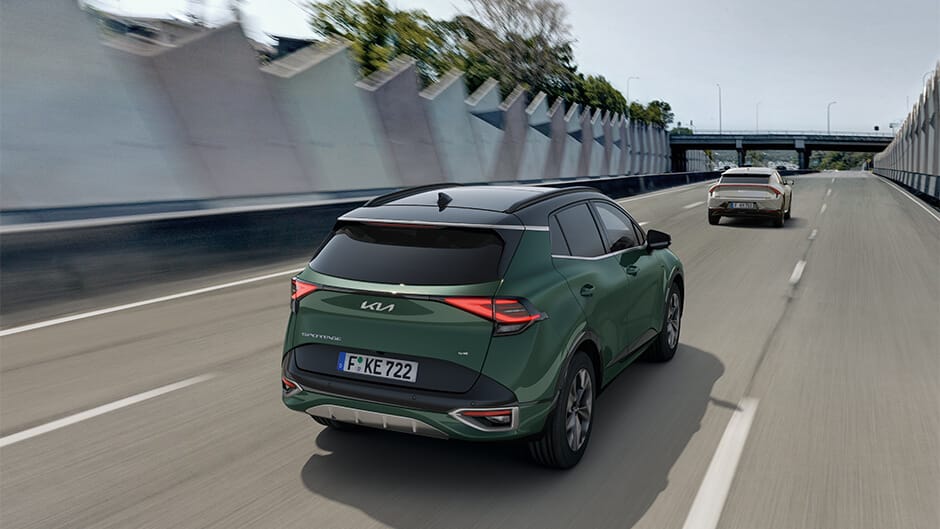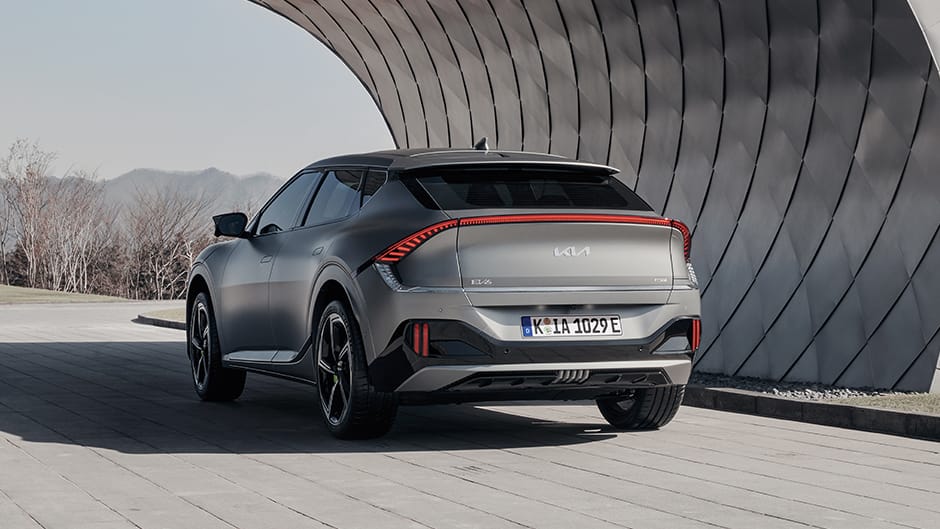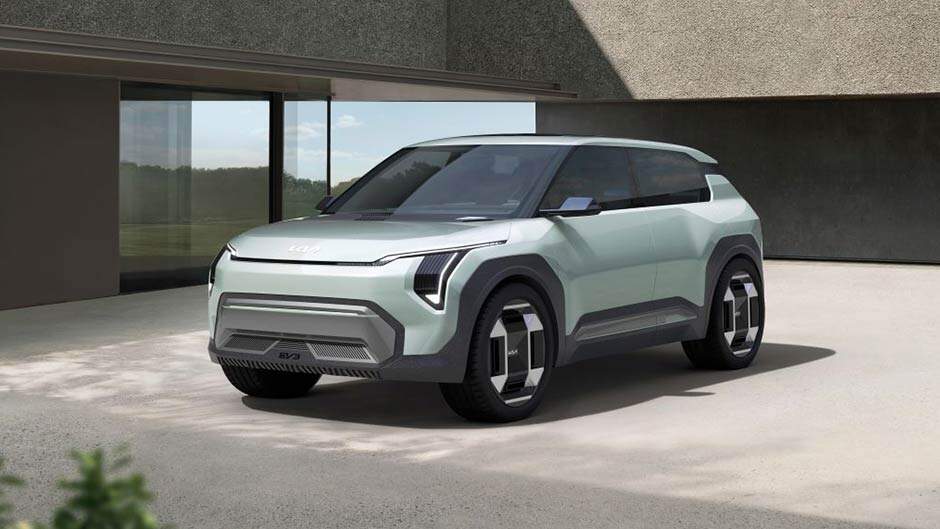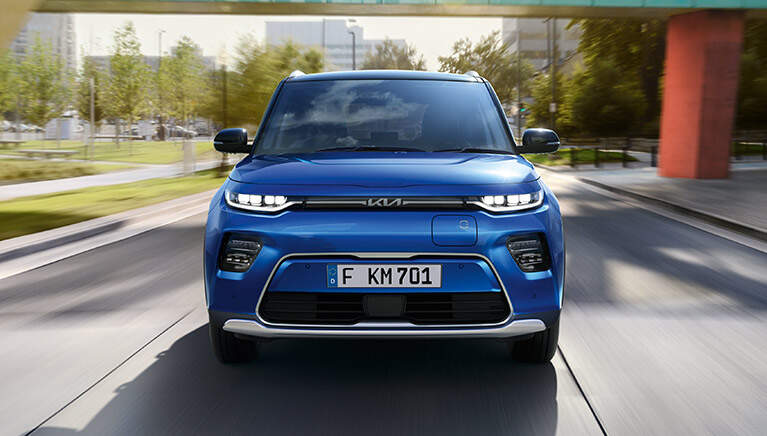Driving on Icy Roads
.jpg)
Driving on Icy Roads
As winter descends, it’s time to prepare for the difficult and sometimes demanding conditions that the season brings. One that all drivers dread is navigating icy roads. While glistening frost across streets and rooftops may look magical, ice can present a real challenge for even the most seasoned winter drivers.
With reduced traction and a higher risk of skidding, driving on ice can be daunting. That’s why we’ve put together a comprehensive guide to how to drive on ice, so you can embrace winter driving with confidence.

How to drive on ice: our expert tips
Unfortunately for UK drivers, driving on icy roads will likely be an inevitable reality this winter. When it comes to driving on ice, there are several crucial considerations:
1. Only drive if you must – The best way to deal with extremely icy roads is to avoid them entirely. If your journey isn’t essential, then it’s best to steer clear and wait until the conditions have improved.
2. Be prepared – If your journey is essential, then you need to make sure you’re prepared before tackling icy roads. Use a demister or ice scraper to ensure your windscreen and all windows and wing mirrors are completely clear before you set out. Give yourself plenty of time to reach your destination, as icy conditions often cause delays or road closures.
3. Maintain space – On icy roads, stopping distances can be up to 10x longer, as it’s more difficult for tyres to maintain traction with the road surface. Leave plenty of space and a considerable time gap between cars ahead to minimise the chance of a collision on icy roads.
4. Slow down – The faster you travel, the harder it is for your tyres to maintain traction with the road, so you’re more likely to slip. Slow your speed right down and avoid rapid acceleration.
5. Drive smoothly – Try to keep all your manoeuvres as smooth as possible, including steering, braking, accelerating and changing gear, if you drive a manual. This will reduce the chance of skidding and make your journey as comfortable as possible.
6. Be extra vigilant – Finally, be extra aware of hazards on the road. In icy conditions, braking times will be significantly longer, so keep an eye on the road ahead.

What would suggest you’re driving on icy roads?
The first step in conquering icy roads is being able to identify when ice is present. While this may sound straightforward, spotting ice from your car can often be quite difficult, particularly black ice. Here are some signs that you may be driving on ice:
• Light steering – If your steering suddenly begins to feel light, unresponsive and harder to control, this usually means you’re driving over a patch of ice.
• No tyre noise – Usually, your tyres will make noise as you drive. When driving on ice, your tyres will make virtually no noise, so turn your radio down and keep an ear out for tyre noise, or lack of.
• Freezing weather conditions – Black ice usually occurs when melted snow or rain has re-frozen. If temperatures are dropping below 0°C at night after recent snow or rainfall, be aware that there’ll likely be black ice on the roads.
• Look out for glossy, wet patches – Black ice is virtually invisible, as it’s transparent so looks the same colour as the pavement or road beneath it. However, it usually forms in glossy sheets, so in certain lights, you may be able to see a sheen on the road surface.

Mastering icy roads with Kia
At Kia, we know how challenging, and often scary, driving on icy roads can be. That’s why we design and engineer all our vehicles to deliver optimum performance and meet the highest safety standards throughout the winter months.
All our cars are fitted with Anti-Lock Braking (ABS) and intelligent Electronic Stability Control (ESC) systems, which will automatically activate when driving on ice. Using sensor technology, the ESC will help to prevent the car from skidding during sudden braking or extreme steering manoeuvres. The ABS system will also help the driver to maintain control of the vehicle when wheel lock occurs, by pumping the brake quickly but in a controlled manner.
Aside from making the road tricky, icy driving conditions often cause frustrating closures or delays. With Kia Connect,
you can receive live weather updates and real-time traffic information directly on your dashboard. This means you can avoid major delays and make more informed decisions about which route to take or when to cut your journey short. Our onboard Kia Connect services are fitted across our entire range, including electric cars.
Kia Roadside Assistance
Generally, electric cars
are well-equipped to deal with challenging winter conditions. EVs have the benefit of being heavier than their petrol and diesel counterparts. They have a battery that usually sits underneath the car, which means that electric cars tend to have a lower centre of gravity. This affords them better grip and traction on slippery surfaces, which is aided by instant torque.
If icy roads do get the better of you, we have our Kia family covered with Kia Roadside Assistance.
When you buy a new car with Kia, you’ll automatically receive 12 months of our comprehensive roadside assistance package for free, including roadside, at-home and European recovery. Get ready for expert winter driving when you explore our range, including our award-winning electric cars, today.

Images shown are for illustration purposes only and may not be to full UK specification. Features shown are not standard across the Kia model range and availability will vary dependant on model. For further details please refer to the individual model specification sheets.
Product availability varies by models. To find out which products are available for your vehicle, please contact your Kia dealer.

